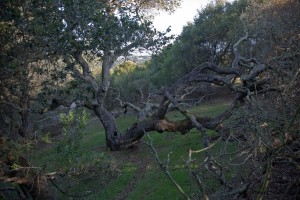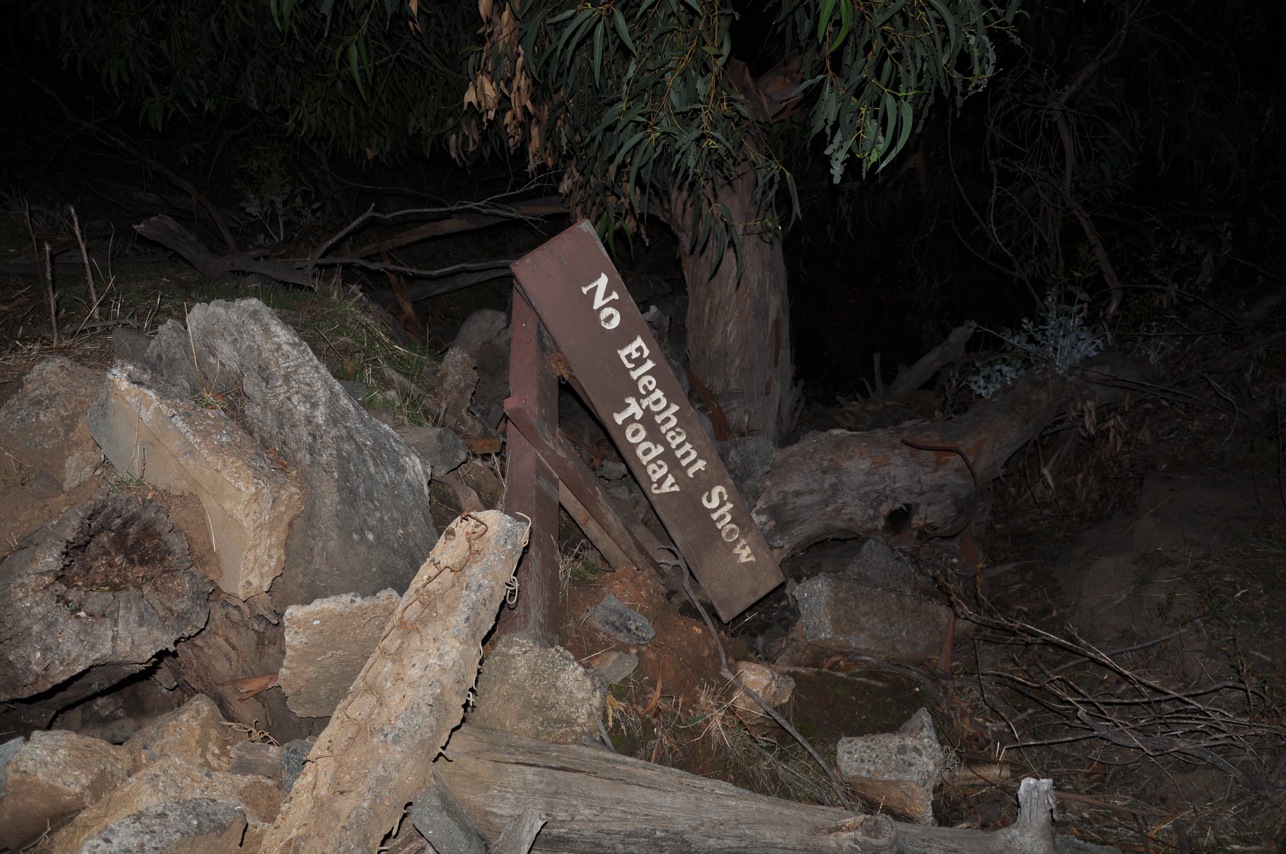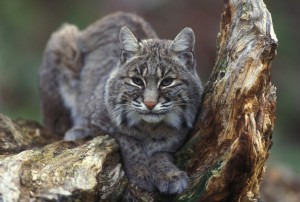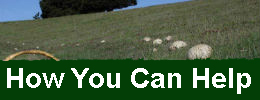Before the zoo’s expansion can be built, the zoo must apply for and receive a number of different permits from the state and federal regulatory agencies that are responsible for protecting sensitive natural resources in California. Over the next few weeks we’ll be discussing more specific details about the individual permits that must be obtained. We thought it would be useful to describe in general the role of the regulatory agencies at this stage of the development. Continue Reading →
The Knowland Park dumps, and the Alice in Wonderland world of zoo assurances: Where is the ‘stewardship’?
During hearings on the zoo’s expansion development project, Friends of Knowland Park and other environmental groups repeatedly raised the issue of lack of proper stewardship of Knowland Park, and lack of city oversight of the zoo’s management of Park resources. Despite the fact that the zoo is paid by the city to be stewards over the entirety of Knowland Park, it has never really even acknowledged the Park as a Park.
In addition to raising the issue of inadequate monitoring and control of invasive plant species in the Park, the Friends submitted color photos and Google Earth images showing multiple dump sites in the Park, including manure dumping near the site identified for the proposed interpretive center building and restaurant. In its response, the zoo denied dumping manure at all and did not even address the manure dumping at the interpretive center site, focusing instead on a composting area near the veterinary hospital site. However, the manure pile at the former site was mysteriously removed sometime during the weeks immediately following this meeting. Continue Reading →
Bad News for Knowland Park: Judge Grillo Decides Zoo Expansion Plan Is Not a New Project

This heritage Coast Live Oak, Oakland's namesake, will be cut down to make room for the Interpretive Center.
Yesterday Judge Evelio Grillo issued his final ruling in our lawsuit, stating that the Zoo’s current expansion plan into Knowland Park is merely a modification of the 1998 Amended Master Plan project. Sometimes in the court of law it’s possible to find that up is down and black is white. Such is the case here. Our attorneys – Shute, Mihaly, & Weinberger – argued eloquently that the Zoo’s plan, which adds a veterinary hospital and an aerial gondola, quadruples the size of the Interpretive Center, and includes other major changes that were detailed in our briefs, results in a new project. In the end, the court disagreed, and the accompanying photos show who loses as a result of the court’s decision.
The tomb of the unknown bobcat: How named captive animals displace unnamed wild ones
The zoo’s planned development onto Knowland Park habitat currently used by multiple wild animals will include exhibits featuring captive animals that no longer are native to the area–due to loss of habitat and other human activities. It will also include exhibits displaying captive specimens of animals that are still around here in the wild and currently using Knowland Park for hunting, raising their young, and migration between habitat zones. The irony of this seems so obvious that it is sometimes hard for environmentally active folks to understand how zoo patrons can possibly support such a destructive project. One explanation may lie in the fact that zoo animals become personal to people, particularly those who visit often: they are given names like Molly, Milou, Ginger and Grace, the tigers rescued last year from a private zoo in Texas, and people begin the process of identifying with them.
Goats, Regrading, and ‘Genista’ roll into Knowland Park – Anybody have a Plan?
 Longtime Knowland Park aficionados know that every year as summer approaches, a herd of mother goats and their kids appears in Knowland Park to munch down the tall dry grass. The process is intended to reduce the dry grass and brush that could fuel wildfire—and thus is an important, low-tech way of helping to protect residents who live near the Park. Those who walk the Park year-round may have noticed how oak trees are trimmed very evenly in the Park. This is due to the goats, who love to nibble on the oak leaves as high as they can reach, sometimes standing on their hind legs to snack.
Longtime Knowland Park aficionados know that every year as summer approaches, a herd of mother goats and their kids appears in Knowland Park to munch down the tall dry grass. The process is intended to reduce the dry grass and brush that could fuel wildfire—and thus is an important, low-tech way of helping to protect residents who live near the Park. Those who walk the Park year-round may have noticed how oak trees are trimmed very evenly in the Park. This is due to the goats, who love to nibble on the oak leaves as high as they can reach, sometimes standing on their hind legs to snack.
Save Oakland’s Oaks
Expansion Controversy
Search Our Site
Blog Categories
Regular Bloggers
 Ruth Malone |
 Laura Baker |
 Jim Hanson |
 Mack Casterman |
We support Oakland's public spaces!
 Follow
Follow

